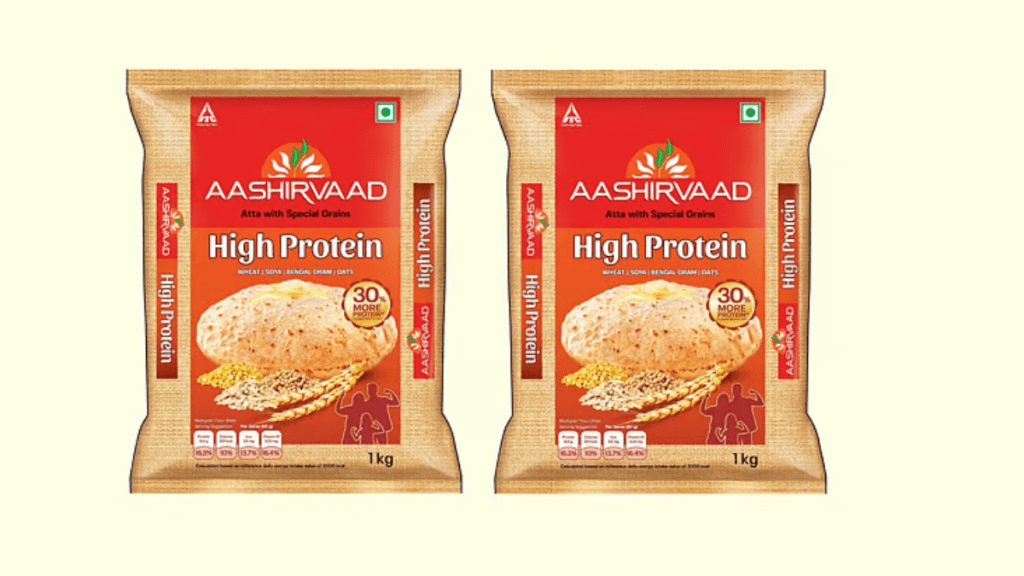ITC Ltd’s packaged atta brand Aashirvaad has introduced a new variant, Aashirvaad Atta with High Protein, in a bid to address rising consumer interest in protein. According to the company, the product blends wheat with soya, Bengal gram and oats, and is positioned as delivering 15g of protein per 100g of flour. The company claims that three rotis made from atta could provide about a quarter of an adult’s daily protein requirement.
The launch raises an interesting question: can a staple food traditionally associated with carbohydrates now be reimagined as a meaningful source of protein? Nutrition experts have long pointed out India’s protein gap, but fortified staples have also been criticised in the past for offering incremental rather than transformative benefits, especially when portion sizes and absorption are taken into account.
Riding the protein wave
The timing reflects the industry’s attempt to capitalise on growing awareness around protein. For years, conversations around protein consumption were limited to fitness-focused consumers, but the narrative has broadened as households increasingly seek affordable alternatives to eggs, dairy, and pulses. By layering protein onto a staple already consumed daily, ITC is betting on convenience over dietary shifts.
The atta, priced between Rs 80–86 (1kg) and Rs 386–416 (5kg) depending on city, will be available on e-commerce platforms in Delhi, Mumbai, Bengaluru, Hyderabad and Chennai.
Staple innovation or marketing spin?
While fortified atta is not new, brands have introduced multigrain and fibre-rich versions for years; the protein positioning reflects how everyday staples are being recast as functional foods. Whether this satisfies nutritional needs meaningfully, or merely nudges consumers into paying a premium for a marginally altered product, remains to be seen. With Aashirvaad already the market leader in packaged atta, the move is less about category expansion and more about reinforcing dominance in a segment where differentiation is hard to achieve.

